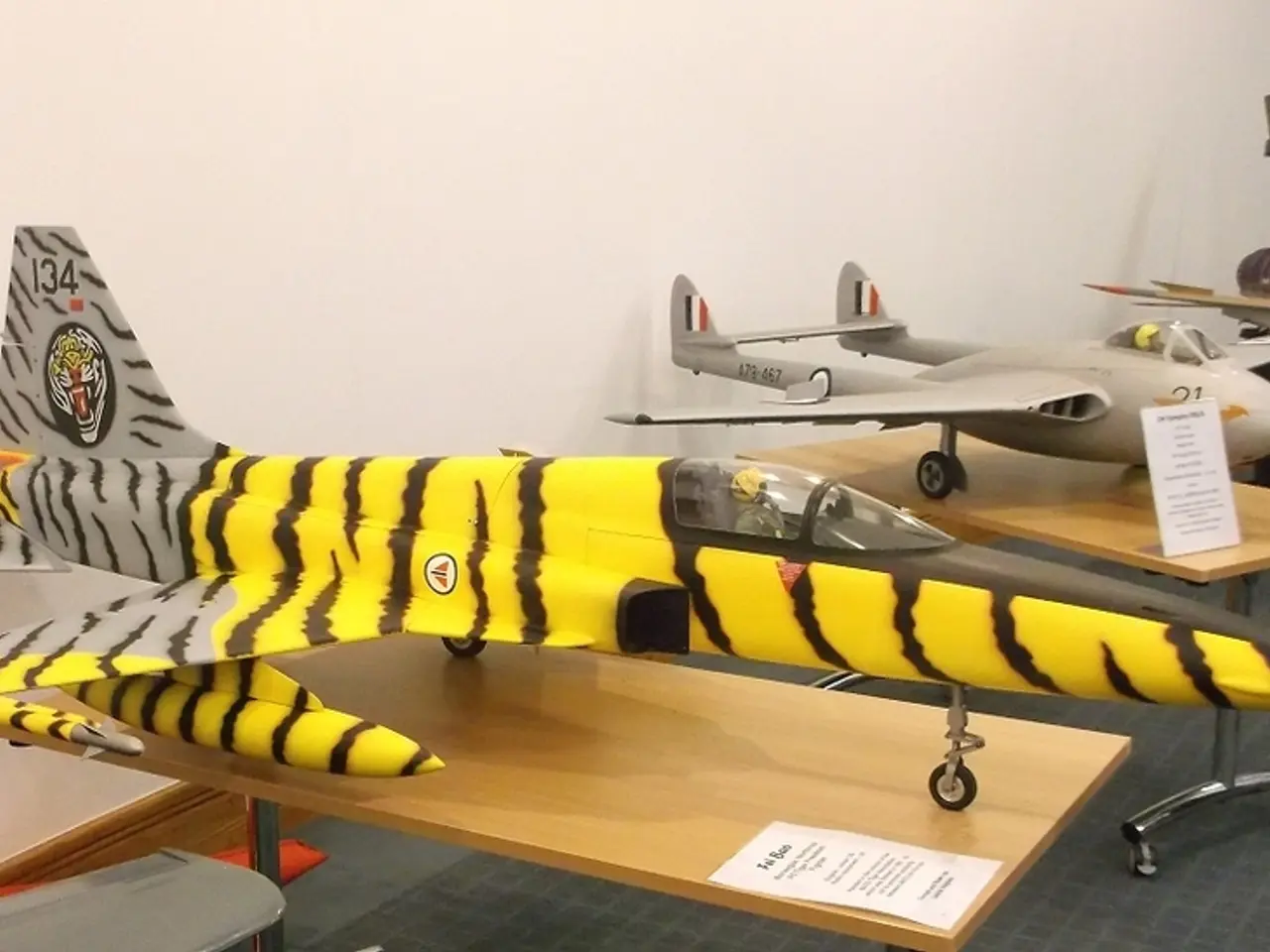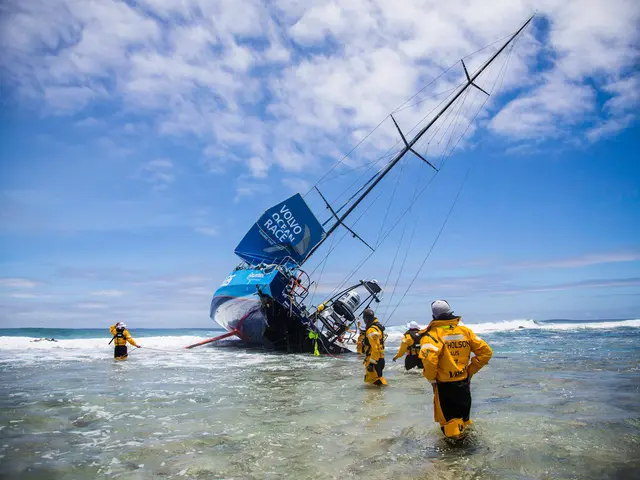Demonstration flight of enhanced Performance Vehicle occurs
Airbus, the global aerospace giant, is pushing the boundaries of aviation with its Extra Performance Wing (EPW) project, a groundbreaking initiative that seeks to improve flight performance and address environmental concerns by rethinking aircraft wings.
The modification and assembly of the EPW will take place in France, as part of Airbus' Wing Research portfolio, which was launched in September 2021. This project employs biomimicry, drawing inspiration from nature, to develop a wing that can change shape and form during flight for improved aerodynamic efficiency.
The targeted wingspan of the EPW is more than 50 meters, significantly larger than the A320's wingspan of 35.8 meters. To accommodate this size without exceeding the maximum wingspan length at airport gates, the EPW features hinged wingtips that can be folded in. This innovative design allows for a longer span to increase lift and reduce drag, potentially leading to improved fuel efficiency and reduced CO2 emissions.
The EPW project aims to provide multiple wing configurations that dynamically adapt to flight conditions. This adaptability is made possible through the incorporation of innovative active control technologies and physical changes to the wing structure. For instance, gust sensors on the front of the aircraft will register changes in turbulence, triggering relevant adjustments to the control surfaces of the wing.
The demonstrator for this project is a modified Cessna Citation VII business jet, serving as an approximately one-third scale model of the final design with a wingspan of 16 meters. The demonstrator will be remotely piloted during flight testing, exposing the EPW to as many realistic flying situations as possible.
The manufacturing of the different wing parts for the demonstrator has already begun, with the UK manufacturing the wings, Spain building the folding wingtips, and Germany designing the high lift system.
Data from this flight and subsequent tests will be used to measure the impact of the new wing design, including reductions in CO2 emissions and fuel consumption. If successful, the new wing design could significantly reduce fuel consumption, making air travel more sustainable and cost-effective.
The EPW project explores technologies that could be integrated into future Airbus aircraft and complements the Wing of Tomorrow programme. The first flight of the demonstrator, fitted with systems for flight testing, took place in November. Once the initial flight testing has harvested enough baseline data, the demonstrator will be flown to Cazaux, France, for the remainder of the project.
This article serves as a general overview of the Extra Performance Wing project. For specific details about the project, additional information from the project's developers or related publications would be necessary.
The EPW project, being part of Airbus' Wing Research portfolio, is not only limited to the aerospace industry but also involves finance, as research and development projects like this require substantial financial investment. Moreover, the collaboration between the UK, Spain, and Germany in manufacturing wing parts signifies a fusion of technology and industry, showcasing the global cooperation necessary to drive innovation in aviation finance and technology.








